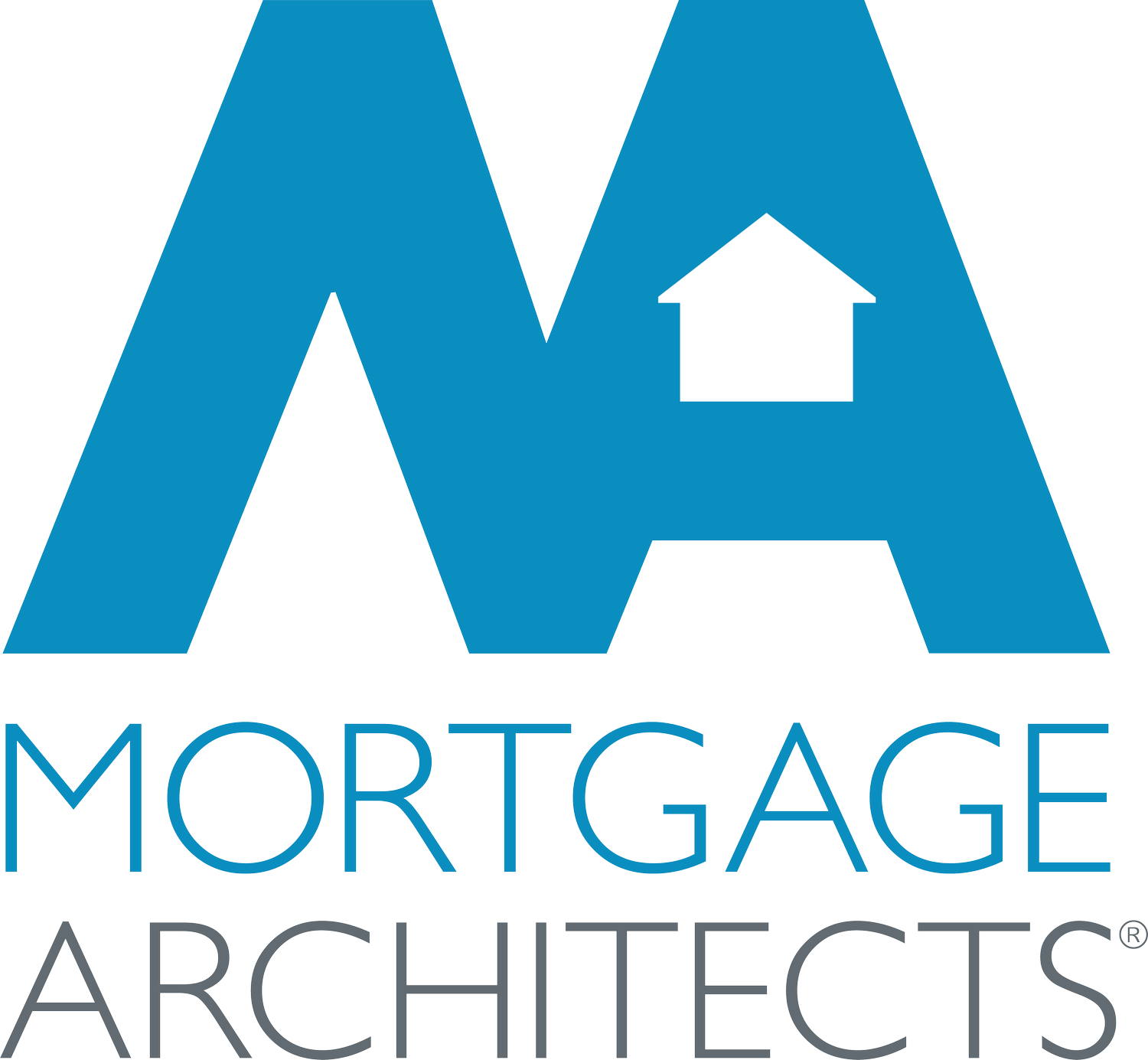How Home Equity Really Works and Why It’s the Quiet Superpower of Homeownership
Homeownership is about more than just a place to live. It’s one of the most powerful ways to build long-term financial security.
The secret? Home equity.
It doesn’t build overnight, but it does grow steadily over time. When used strategically, it can help you create freedom, flexibility, and financial opportunity.
What Is Home Equity?
Home equity is the difference between what your home is worth and what you still owe on your mortgage.
For example, if your home is worth $800,000 and you owe $600,000, you have $200,000 in equity.
It’s your ownership stake in the property, and it grows in two main ways: as you pay down your mortgage, and every time your home increases in value.
Two Ways Equity Grows Over Time
1️⃣ Mortgage Paydown
Every mortgage payment you make chips away at your loan. In the early years, most of your payment goes toward interest, but over time, more is applied to the principal, and that’s what builds equity.
If you’ve owned a home for five years and paid down $80,000 in principal, that’s $80,000 in equity built simply by making your payments each month.
2️⃣ Home Price Appreciation
When your home’s market value rises, so does your equity, even if your mortgage balance hasn’t changed.
If your home was worth $500,000 when you bought it and it’s now worth $600,000, that’s $100,000 in new equity without any extra effort on your part.
You can also increase your equity faster through smart home improvements. But even without renovations, real estate values in Canada tend to rise over time.
Real Case Study: Building Equity with 5% Down
In 2020, I worked with a young couple who purchased their first home for roughly $500,000 with just a 5% down payment.
Their Mortgage at Purchase:
Down payment: $25,000
Mortgage (insured): $494,000 (includes $19,000 default insurance premium)
Interest rate: 2.29% fixed
Monthly payment: $2,161
They were nervous about buying during an uncertain time, but they had the down payment saved and wanted to put down roots and gain some stability.
Fast forward to 2025 and their home is now worth $620,000. They’ve also paid down about $50,000 in principal.
Home Value (2025): $620,000
Mortgage Balance: $440,000
They’ve built $180,000 in equity in just five years, starting with a $25,000 down payment. They didn’t flip, speculate, or overextend. They simply owned, paid, and let time do its work.
Market Realities in Canada
Let’s be honest, equity isn’t guaranteed. Real estate across Canada moves in cycles. We’ve seen strong growth over the past decade, but also periods of cooling, especially during times of higher interest rates.
Here’s what matters:
If you buy a home you can afford, make your payments consistently, and plan to stay for the long term, short-term price dips don’t change the big picture.
Equity is about stability, not speculation. Over 5, 10, or 20 years, Canadian housing markets have shown steady and resilient growth, supported by population increases, demand, and limited supply.
Your home is first and foremost a place to live. But when approached strategically, it’s also one of the most powerful wealth-building tools available, and equity is the bridge that connects the two.
How Much Equity Do You Need to Refinance?
To refinance and access your equity, most lenders require you to keep at least 20% equity in your home after the refinance.
Here’s an example from a refinance I helped facilitate in Kamloops last month:
Appraised value: $750,000
80% of that value: $600,000
Existing mortgage: $480,000
Equity available to access: $120,000
You could refinance up to $600,000, meaning you could access $120,000 tax-free, while still keeping 20% equity in your property.
Keep in mind:
You’ll need to qualify under current stress test rules.
You may face pre-payment penalties if you break your mortgage term early.
My role is to help you see the full picture, including new payments, costs, and the long-term impact, so you can decide if refinancing fits your goals.
When and How to Use Your Equity
You don’t have to sell your home to access your equity. Many homeowners across Canada use a refinance or a Home Equity Line of Credit (HELOC) to access funds for:
💡 Home renovations or upgrades
🏡 Buying a second property or vacation home
💳 Paying off high-interest debt
🎓 Helping kids with tuition or a down payment
You’ll generally need at least 20% equity and must qualify based on income and credit.
FAQs About Home Equity
How long does it take to build equity?
It depends on your down payment, interest rate, property type, and market growth, but even with 5% down, many homeowners see meaningful equity gains within three to five years.
Can I use my equity to buy another property?
Yes, many clients use equity from their current home to purchase a rental or vacation property.
What’s better: a HELOC or a refinance?
A HELOC offers flexibility, while a refinance may provide a lower rate. The right choice depends on your goals, and I’ll walk you through both options.
Is equity guaranteed to grow?
No, real estate values can fluctuate, but historically, Canadian housing has proven to be a strong long-term investment.
Will accessing equity change my mortgage payments?
Yes, refinancing increases your mortgage balance and can increase your payment. If you can secure a lower rate through a refinance, this can offset the increase in your mortgage balance. I’ll help you understand the full picture before you make a move.
Don’t think of equity as something that just happens. Think of it as something you can build, protect, and leverage intentionally.
Let’s talk about your goals and build a plan that fits. Book a call, send me a quick text, or reach out by email anytime. I’d love to help you make the most of what you’ve built.
